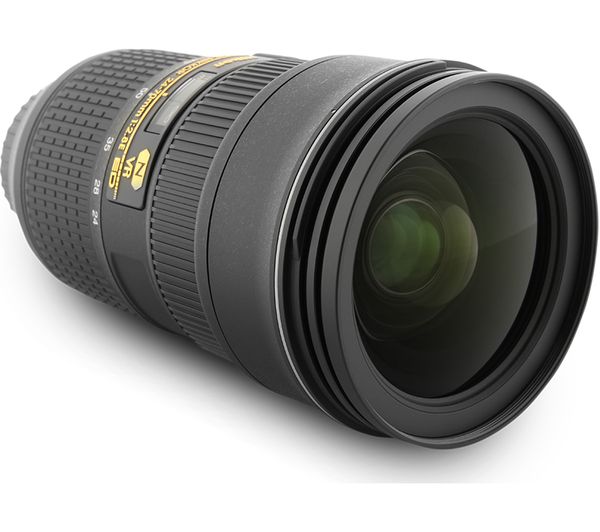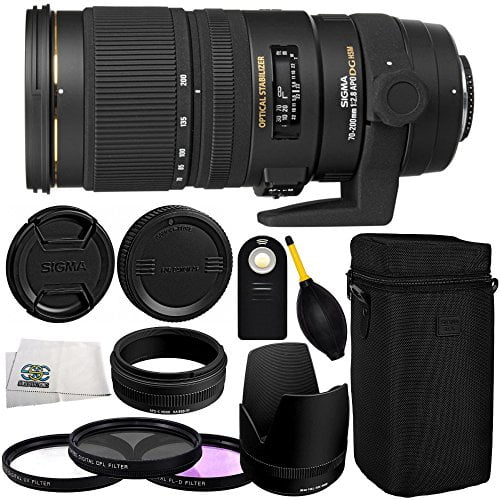

This happens because when an object is very close, the lens will focus closer and the depth of field will be the smallest. The closer you stand to your subject, the blurrier the background will get. Minimize the Distance Between Yourself and the Subject What is the effect of lowering the lens aperture? It basically decreases the depth of field (which is the area that appears sharp relative to the background) to a very small or “shallow” area. On Nikon DSLR cameras, this is typically done by rotating the front dial towards the left (counter-clockwise). You can do this by changing your camera mode to “ Aperture Priority” and setting the “f” number to the lowest value your camera will permit.


Therefore, the first thing you should do is set your lens aperture to its lowest value, also known as “maximum aperture”. Increase the Distance Between Your Subject and the Backgroundīokeh is not created by the camera – it is your lens and its optics that are responsible for rendering the out-of-focus areas.Minimize the Distance Between Yourself and the Subject.For example, a lens with a maximum aperture of f/2 will cost more than a lens with a maximum aperture of f/4. The larger the maximum aperture, the more the background can be blurred for a pleasing effect this effect is referred to as "bokeh" and is used by portrait, nature and sports photographers.Īlso, the wider the maximum aperture, the more sophisticated the lens design, and the more expensive it will be. Maximum aperture fixed focal length NIKKOR lenses utilize lens elements that are larger than those used in other lenses. Faster shutter speeds stop motion, making it possible to get sharp results when shooting fast moving objects. Basically, the shutter does not have to stay open as long to let in the same amount of light, so it's faster.
Big aperture nikon zoom lens iso#
At a given ISO (light sensitivity) you can achieve a correct exposure at a faster shutter speed with a wider aperture than with a smaller aperture. As such, these lenses are generally more expensive than variable aperture zooms.Ī lens with a wider maximum aperture is described as being "faster" than one with a smaller maximum aperture. (f/2.8, below right).įixed aperture lenses utilize more sophisticated lens elements than variable aperture lenses and are also heavier than variable aperture lenses. Some higher-end lenses can maintain the largest aperture throughout the entire zoom range, so only one number is detailed. The 3.5 and the 5.6, are referring to the maximum aperture the lens can achieve for each end of the zoom range. For example, "f/3.5 - f/5.6" will be noted on the lens barrel as 1:3.5-5.6 (below left). Zoom lenses that have a variable aperture will show the maximum aperture range. To achieve the widest possible aperture, you need to be at the widest possible zoom setting.Īll NIKKOR lenses list the widest possible aperture on the lens barrel. These zoom lenses are said to have a "variable" aperture. As you zoom, the optics move to focus at the new zoom setting. On most zoom lenses the maximum aperture will change as you zoom. While this is a wonderful advantage to have, there are optical limitations that should be understood when using a zoom lens.Īll lenses have a maximum aperture, or lens opening, used to capture light. This lets the photographer quickly zoom in and capture the shot, then zoom back for another at a wider angle. Zoom lenses are beneficial because they allow for a range of different focal lengths without the need to carry multiple prime (fixed focal length) lenses.


 0 kommentar(er)
0 kommentar(er)
